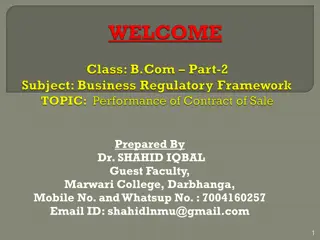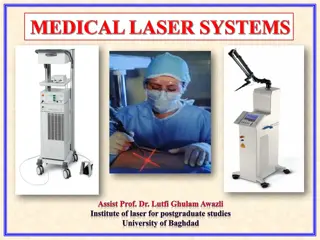
Public Speaking Styles: Extemporaneous vs. Manuscript Delivery Techniques
Discover the differences between extemporaneous and manuscript public speaking styles, where one focuses on impromptu delivery while the other relies on a pre-written script. Learn how speakers can effectively present their speeches in each style with tips on preparation and execution.
Download Presentation

Please find below an Image/Link to download the presentation.
The content on the website is provided AS IS for your information and personal use only. It may not be sold, licensed, or shared on other websites without obtaining consent from the author. If you encounter any issues during the download, it is possible that the publisher has removed the file from their server.
You are allowed to download the files provided on this website for personal or commercial use, subject to the condition that they are used lawfully. All files are the property of their respective owners.
The content on the website is provided AS IS for your information and personal use only. It may not be sold, licensed, or shared on other websites without obtaining consent from the author.
E N D
Presentation Transcript
Two Styles Extemporaneous
Two Styles Extemporaneous Manuscript
Two Styles Extemporaneous The speaker works from a speaking outline and presents a well-written and well-rehearsed speech but chooses his or her words in the moment
Two Styles Extemporaneous The speaker works from a speaking outline and presents a well-written and well-rehearsed speech but chooses his or her words in the moment The speaking outline should include all the important information, major arguments, direct quotations, and everything else you want to get just right.
Two Styles Extemporaneous The speaker works from a speaking outline and presents a well-written and well-rehearsed speech but chooses his or her words in the moment The speaking outline should include all the important information, major arguments, direct quotations, and everything else you want to get just right. The outline should also keep you very aware of the arrangement of the speech and ensure that you don t skip things or go out of order
Two Styles Extemporaneous To rehearse for this style, you should practice becoming more fluent with the ideas of the speech and their order (rather than the specific words).
Two Styles Extemporaneous Manuscript
Two Styles Manuscript The speaker works from a manuscript that has most of the specific wording of the speech already decided.
Two Styles Manuscript The speaker works from a manuscript that has most of the specific wording of the speech already decided. The best approach to manuscript speaking is to look down at the page, grasp (visually) a phrase, look up (at your audience, not at the wall) and deliver that phrase, then look down to grasp another
Two Styles Manuscript You should also consider building in a moment when you go without a net, breaking from the manuscript and speaking extemporaneously for a while. Be sure you know how and when to get back into the manuscript, though.
Qualities Voice Body
Qualities Voice Pitch Rate Volume Body
Qualities Voice Pitch Rate Volume Body Posture Space Eyes
Qualities Voice Pitch Rate Volume Body Posture Space Eyes
General Advice Rehearse aloud with a timer and in front of live audiences that can give you some feedback. Use a manuscript or key word outline that has Large print that you can easily read. Use a serif font (such as times new roman) rather than a sans-serif (like this one, arial). Those little ends on the letters make it much easier to read. Give yourself timing and delivery cues on your outline or manuscript. Use bold face to indicate emphasis, etc. When you practice, try to become more familiar with the ideas and arrangement of the speech (rather than the specific words). Above all, focus on breath. Treat each phrase in your speech to a good, calm breath. This will improve your mental clarity, your vocal and bodily qualities, and your audience connection. Since you must breathe, you might as well do it mindfully






















